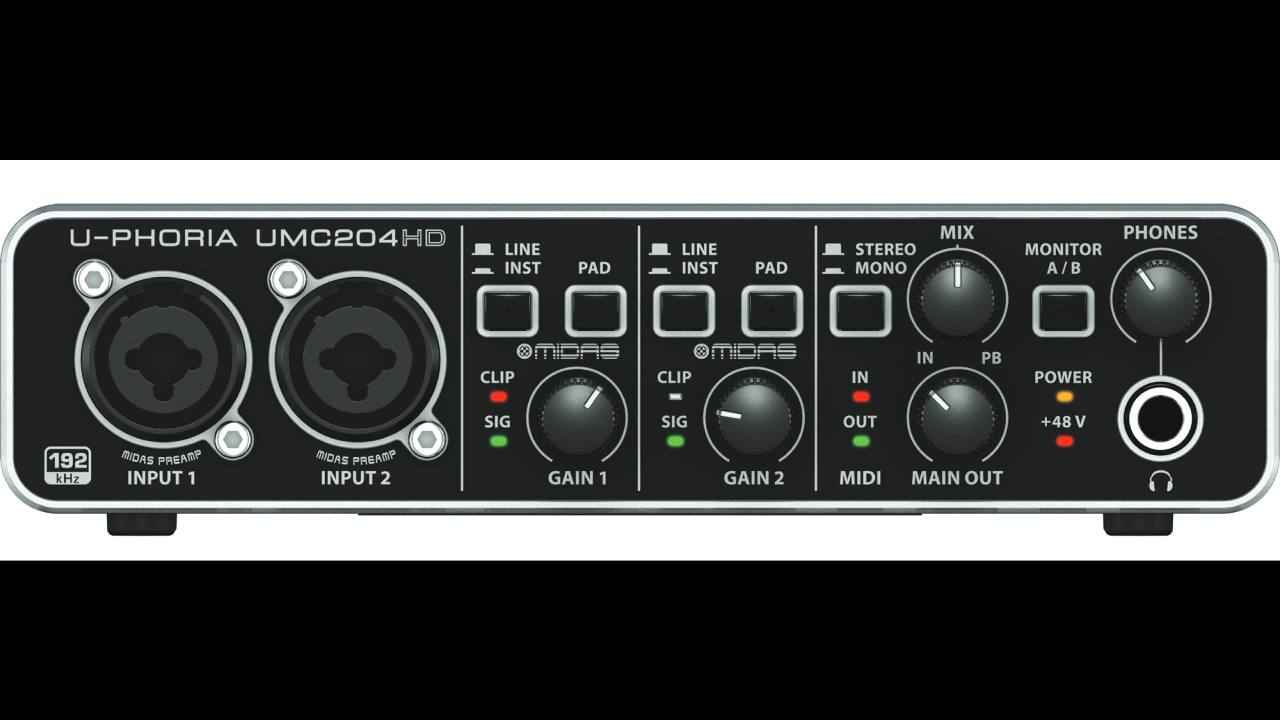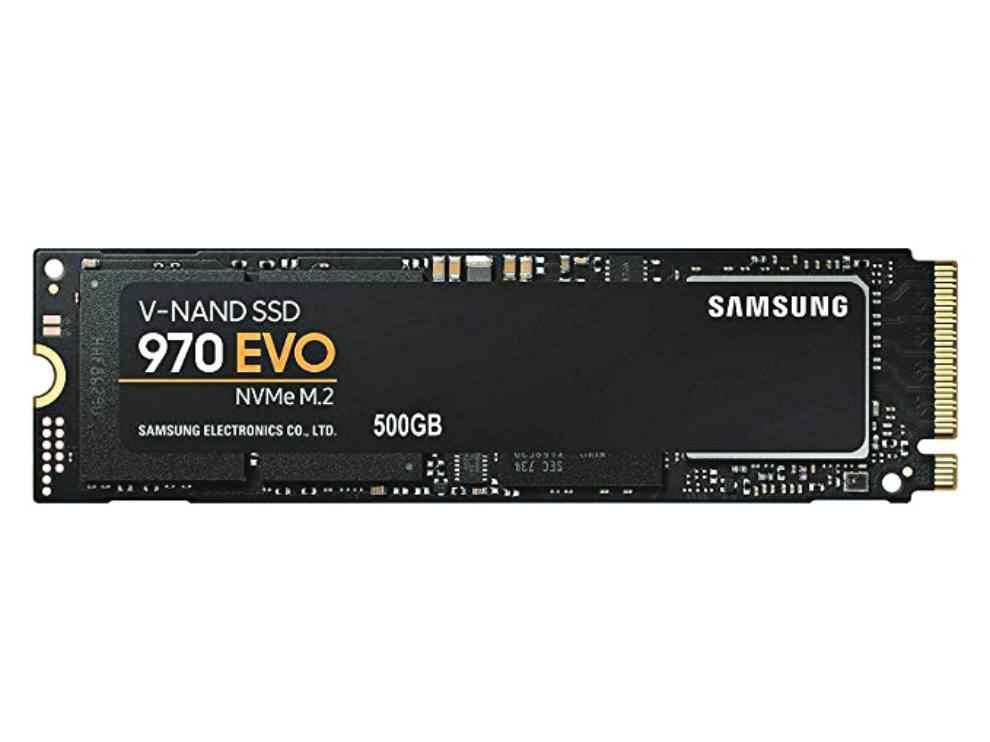Agent001 helps you get started with podcasts

One of the things that’s been creeping its way into mainstream popularity has been podcasts. Practically every major service provider has launched a podcast service over the course of these past two years, and of those services most have already made their way into India. So, it was no surprise when one of my pals decided that he was going to start his own podcast and asked for my help to set up the equipment for him to get started. I’m not going to bore you guys about all the things that he’s going to be basing his podcast around except that he wasn’t going to be starting any time soon. That’s because he bought an XLR microphone to record his voice but couldn’t figure out why the microphone wasn’t working with his PC. Before you guys jump to conclusions, let me tell you that he did get an XLR to 3.5 mm plug which allowed him to plug the microphone into the PC. The problem was the power.
A good majority of the semi-pro and pro-audio microphones are rated to work at 48 volts. Your average PC can’t handle that. For these microphones, you need something that can provide the power and seek the input as well. This “something” is called an audio interface. They feature XLR inputs with 48 volts phantom power, so you can plug in the professional grade microphones as well as the cheaper ones that don’t need the additional phantom power source. The phantom power is needed for condenser microphones that have a little active circuitry (preamp) inside them and also have a transducer element that needs to be polarised. Without phantom power, the microphone will find it extremely difficult to pick up audio. So the budding podcaster was now in need of an audio interface with 48v phantom power and a couple of other devices to make the entire production pipeline easier.
Audio interfaces comes in many shapes and sizes and have a myriad of features that may or may not be of use to you. The input options, output options, on device filters, monitor output, and included software are just some of the things off the top of my head that would warrant consideration. Since my friend was just starting out with podcasts, he would only need an interface with one XLR input and perhaps another one should he choose to have guests and need a double microphone setup. Audio interfaces also come with proprietary interconnects such as RedNet, AVB and Dante which transport audio over IP with low latency. These are usually seen in more professional setups and increase the cost significantly since you’d have to invest in an entire ecosystem that uses the same interconnect. Then comes the price. With more features, you must shell out more money. This was also an aspect for consideration.
Since we were looking at the entry segment for audio interfaces with USB ports, the search was narrowed down by quite a bit. While a lot of brands do service this niche, we don’t get all of them in India. Popular ecommerce stores such as Amazon and Flipkart do have a few but there are these pro-audio stores who stock practically every brand selling in India. Of these, we found Focusrite, Audient, Behringer, M-Audio, Vault, PreSonus and Zoom to have good audio interfaces for the budget oriented folks. ProSonus has a pretty good package called the 96 Studio High Definition Recording Kit that comes with everything in the box (interface, cables, software, headset, microphone) so you don’t have to pick and choose the individual components. Since we already have some of the components, we decided to skip that one.
Then there’s the Zoom UAC-2 which has USB 3.0, MIDI support, two XLR inputs but only gain and no button for padding. You can still play around with the gain to achieve the same effect as padding so the Zoom UAC-2 is a good candidate. Then we had the M-Audio M-Track 2×2 which we decided to skip since it only had one XLR input. Lastly, we had to check out the Behringer U-Phoria UMC204HD and the Focusrite Scarlett 2i2 (Gen3). The Focusrite unit doesn’t have a MIDI interface but aside from that the feature set is practically the same as the Behringer and the Zoom units. Focusrite is a Mac-centric device and their windows software gets updated much later than the Mac version, so it was a bit of a gamble for us. If a software bug would have to be updated, then waiting extra time for being on the Windows ecosystem wasn’t fair. So we decided to skip that and pick the Behringer U-Phoria UMC204HD for having the most comprehensive feature set of them all and also for being cheaper overall. The Zoom UAC-2 was our second choice.
Out came the credit card and the purchase was made. Setting up the device was quite easy and the built in software was quite simple to work with. This made it ideal for someone starting out with podcasts. Soon enough, you’ll see my buddy yapping away on mundane topics on his podcast. I’ll let you guys know if I’m going to be invited as a guest anytime soon.
Buying advice
Dream Machine
Dear AGENT001,
I have been reading DIGIT for 4 years now. It has really helped me to know and learn technical things. I need advice to buy a new system. I want a new PC for 65% gaming and 35% work. Work such as installing software, video and lighting planning software, etc. and using them just for knowledge purpose. I have a budget of 150K. Please help me with the best performance oriented system that lasts for a long time. Also please consider these things:
1 I don’t need any kind of RGB
2 I need a Mid-tower cabinet with front panel dust filters and extra fans in front or back but cabinet shouldn’t be very pricey, if possible
3 I already have a 1 TB HDD in my older laptop + 1TB External HDD
4 I already have mouse and keyboard
I went through the Digit magazine and some videos on the internet and selected items as per my need but I’m not able to fit them under my budget also don’t know if they are compatible.
CPU – Intel Core i7-9700K 9th Gen
Cooler – Noctua NH-U14SMoBo – ASUS PRIME Z390-P Gen 2
RAM – Corsair Vengeance LPX 2x 8GB DDR4 3200MHz
HDD – Seagate 2TB Barracuda 7200RPM
SSD – Samsung 970 Pro 512GB
GPU – NVIDIA GeForce RTX 2070 SUPER 8GB
Cabinet – Fractal Design Define R6
PSU – Cooler Master MasterWatt 650W
Monitor – LG 27UK650
I’ve opted for an Intel CPU because some videos and tech forums have expressed that the i7-9700K is better than Ryzen7 3700X by some margin. Also people say that Ryzen 7 is good when it comes to rendering but for games and overall performance the i7-9700K is ahead. I also want to ask some questions:
a) Better investment > M.2 NVMe SSD or 1TB SATA 2.5-inch SSD?
b) Is not having Hyper-Threading bad in the long run?
c) Can I get a 1TB SSD for about 15k?
This is going to be a DREAM PC for me and it took time to accumulate the money. Finally it is up to you to decide the best RIG for me, I will follow what you suggest me to buy.
Thank you in advance for helping me with my soon to be new system.
–Apprentice001
My Apprentice,
You’ve got a lot of the components figured out properly. All that remains is to make a few minor compromises that’ll ensure you don’t take a performance hit but the price should come down quite a bit. When it comes to gaming, the Intel processors are still a little ahead but that 2-3% isn’t that big a deal. Most of the heavy lifting is done by the graphics card. There are very few games in which Intel has an advantage, so giving up multi-threading isn’t exactly a prudent decision if you’re thinking long term. A Ryzen 7 3800X would be better with most tasks associated with your workloads. Coming to your configuration, you can swap out the Samsung 970 Pro for a cheaper alternative such as the 970 Evo which can save you some money. Also, there are M.2 SSDs which use fewer PCIe lanes and have slow controllers. The combination of which are barely faster than 2.5-inch SATA SSDs. However, if you were to check out something like the 970 EVO, then they are way faster when handling file transfers. You can get good 1 TB SSDs for 15K during sales or you can get cheaper models such as the 1TB MX500 for `9,199. Coming back to your PC, the Fractal Design cases go out of stock quite regularly so the NZXT H710 or the H510 would be ideal replacements if you can’t get the Fractal R6. This should all help you get everything within budget. Also, make sure to get your PC from reputed dealers at Lamington Road or Nehru Place or Mount Road, etc.
Agent 001
I have a keyboard and I'm not afraid to use it, because I have a license to quill. View Full Profile





